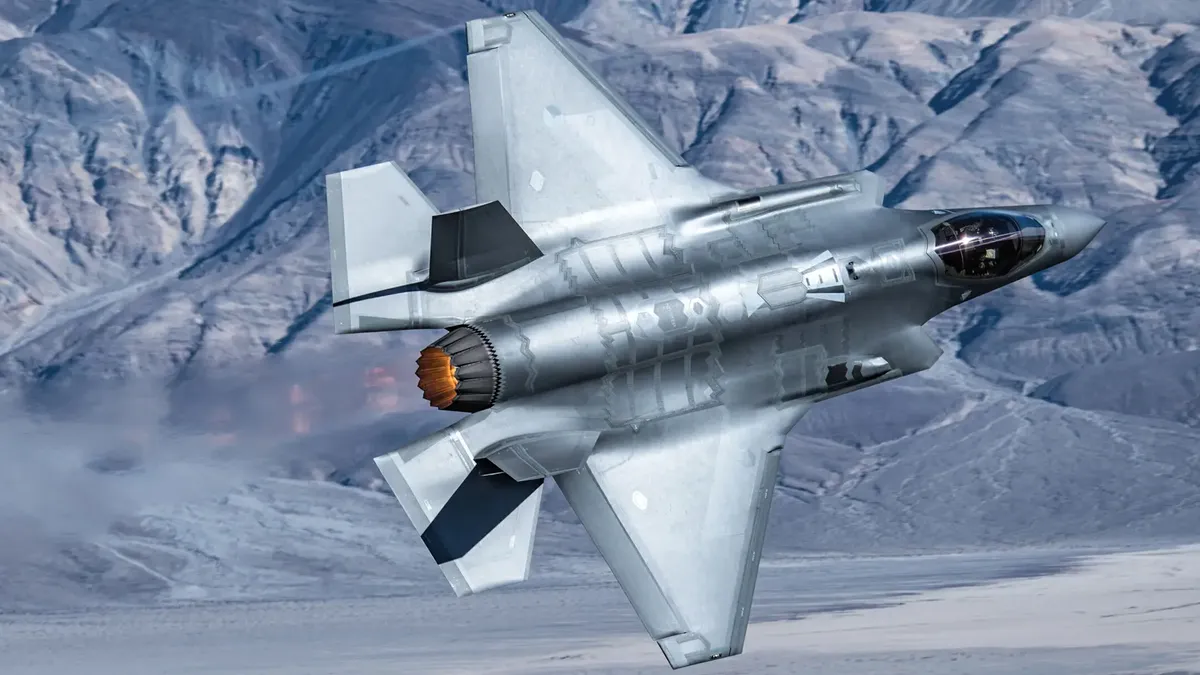Dive Brief:
- GKN Aerospace is doubling production capacity for F-35 fighter jet canopies at its site in Garden Grove, California, the defense contractor announced on June 6.
- Canopies allow light to pass through the jet glass and change direction, protecting a pilot’s vision. The $150 million customer investment will be used to acquire tools and equipment for a new canopy production line built near the existing Gardon Grove facility, according to the release.
- The investment will also create 100 jobs, including manufacturing and engineering roles and the expansion is expected to be completed in 2027.
Dive Insight:
GKN Aerospace’s expansion plans are in response to the continued demand for the F-35 Lighting II jet, the company stated.
“This investment is a crucial step, enabling us to provide the growing international F-35 fleet with the very latest transparencies technology,” Shawn Black, president of GKN Aerospace’s Defense Airframe business, said in a statement.
GKN Aerospace is part of the Department of Defense’s F-35 Lightning II Joint Program, which manages the jet production and development for the U.S. military, as well as its international partners. Other defense contractors and suppliers in the program include BAE Systems and Northrop Grumman, with Lockheed Martin as the prime contractor for aircraft production and Pratt & Whitney as the prime contractor for the jet’s engine.
In March, the DOD approved the F-35 for “full-rate production” after the jet passed performance reviews, nearly 10 years after the program first underwent assessment. Lockheed Martin intends to produce 156 F-35 aircraft a year through 2028, Gregory Ulmer, president of the company’s aeronautics business, said in an interview at the AFA Warfare Symposium in February.
However, despite GKN Aerospace’s increased investment and the recent government approval, Congress wants to cut F-35 production funding in the fiscal year 2025 National Defense Authorization Act.
The proposed cut is due to production interruptions, part shortages and increased technical risks encountered by Lockheed Martin and Pratt & Whitney, the Government Accountability Office reported last month. For example, the agency found some of the F-35 canopies’ external coating had separated, affecting pilots’ ability to see.
The F-35 jet is also DOD’s most expensive weapon system, the the GAO reported in April. Sustainment costs have increased 44% over the past five years, from $1.1 trillion in 2018 to $1.58 trillion in 2023, the GAO reported. Last month, the congressional agency said costs have now exceeded $2 trillion.
Moreover, the U.S. Navy, Army and Marine Corps plan to decrease their use of the fighter aircraft to cut operational costs.












